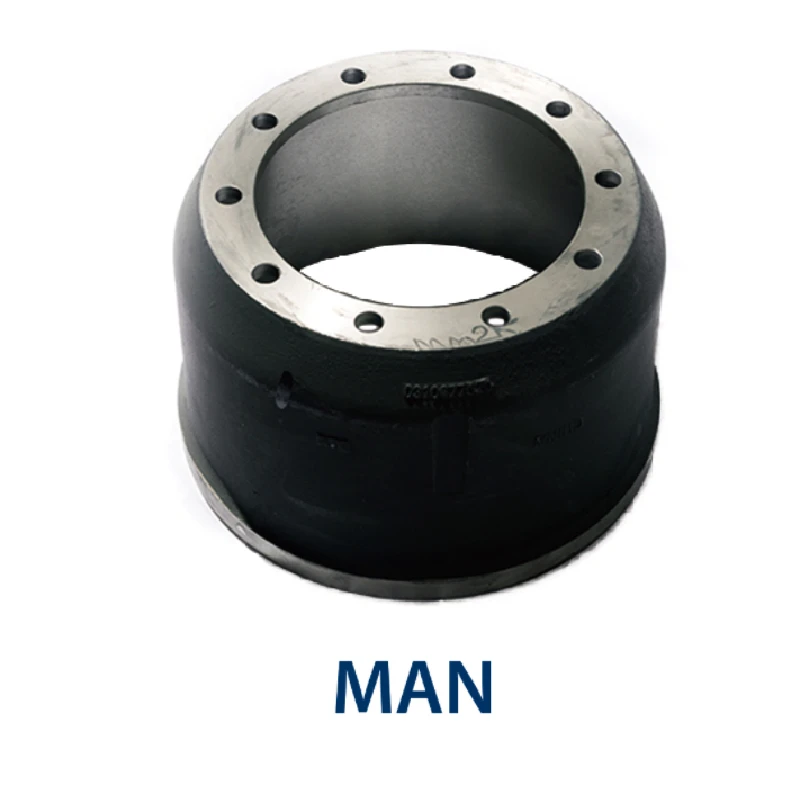Nov . 30, 2024 07:15 Back to list
what is a brake drum on a car
Understanding Brake Drums An Essential Component of Automotive Braking Systems
When it comes to the safety and performance of vehicles, the braking system is one of the most critical components. Among the various elements that make up this system, the brake drum plays a significant role, particularly in older vehicles and some modern applications. This article will delve into what a brake drum is, how it works, its advantages and disadvantages, and why it remains relevant in automotive technology.
What is a Brake Drum?
A brake drum is a cylindrical component that is part of the drum brake system on vehicles. It is typically made of cast iron or aluminum and is mounted on the wheel hub. The primary function of the brake drum is to provide a surface against which brake shoes press to create friction, bringing the vehicle to a stop. Unlike disc brakes, where the braking action occurs on a flat disc, drum brakes utilize the interior surface of the cylindrical drum.
How Does a Brake Drum Work?
The operation of a brake drum involves a few key components the drum itself, the brake shoes, and the wheel cylinder. When the driver presses the brake pedal, hydraulic force is transferred from the master cylinder through the brake lines to the wheel cylinder, which is situated inside the brake drum. This hydraulic action forces the brake shoes outward, pressing against the inside surface of the drum.
As the shoes come into contact with the drum, friction is generated, which slows down the rotation of the wheel. This process effectively halts the vehicle. When the brake pedal is released, the hydraulic pressure is lifted, and the brake shoes retract away from the drum, allowing the wheels to spin freely.
Advantages of Brake Drums
1. Cost-Effectiveness Brake drums are generally less expensive to manufacture and replace compared to disc brakes. This makes them an attractive option for budget-conscious consumers and manufacturers of entry-level vehicles.
what is a brake drum on a car

2. Robustness Brake drums are known for their durability. They can withstand heat and wear better than some disc brake systems, making them suitable for certain types of vehicles and driving conditions, particularly in heavy-duty applications.
Disadvantages of Brake Drums
1. Heat Dissipation One of the significant downsides of brake drums is their ability to dissipate heat. Disc brakes generally provide better cooling due to their design, which allows for more air circulation. Overheating can lead to brake fade, where the braking performance diminishes under prolonged use.
2. Weight Brake drums are typically heavier than disc brakes, which can affect the overall weight distribution and performance of a vehicle, especially in high-performance applications.
3. Maintenance While brake drums can be durable, they may require more maintenance compared to disc brakes. The interior components of drum brakes can accumulate dust and debris, which can hinder performance and require periodic cleaning or adjustment.
Conclusion
In summary, a brake drum is a vital component of many vehicles’ braking systems, particularly those equipped with drum brakes. Understanding how brake drums function and their pros and cons can help car owners make informed decisions regarding vehicle maintenance and upgrades. Despite the growing popularity of disc brakes in modern vehicles, brake drums continue to serve their purpose effectively, particularly in specific applications and cost-sensitive environments. Ultimately, whether a car uses drum or disc brakes, ensuring that these components are well-maintained is crucial for safe and reliable vehicle operation.
-
Scania Brake Drums: OEM Quality for Optimal Safety & Durability
NewsAug.16,2025
-
R.V.I: Advanced Remote Visual Inspection for Precision
NewsAug.15,2025
-
Discover HYUNDA: Innovative Vehicles, Equipment & Solutions
NewsAug.14,2025
-
R.V.I: Unlock Advanced Insights & Real-time Performance
NewsAug.13,2025
-
Kamaz Brake Drum: Durable & Reliable for Heavy Duty Trucks
NewsAug.12,2025
-
Heavy Duty Iveco Brake Drum - Premium Quality & Safety
NewsAug.11,2025
